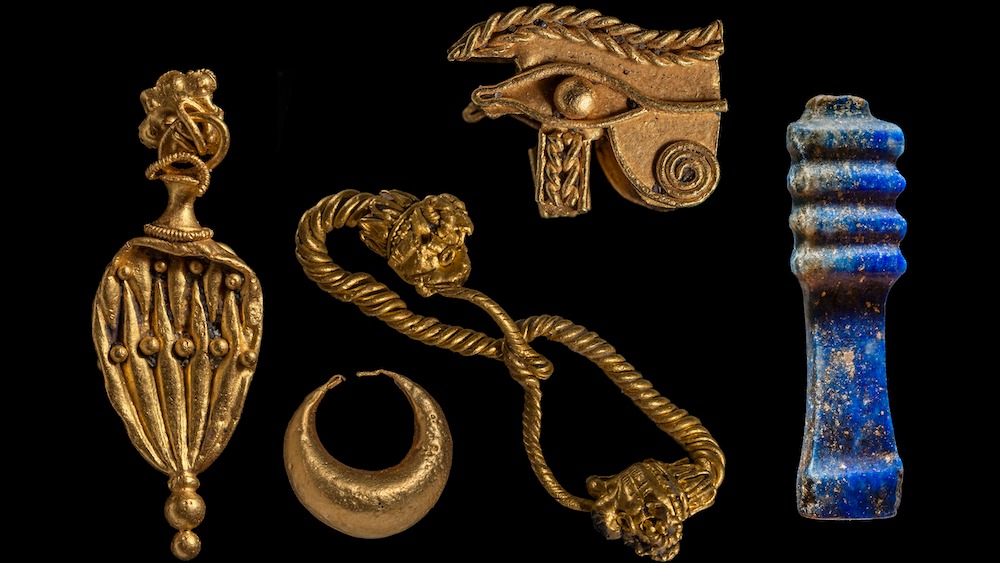Sunken temple and sanctuary from ancient Egypt found brimming with 'treasures and secrets'
Archaeologists discovered a cache of treasure inside a sunken underwater temple and sanctuary in Egypt.

While exploring a canal off the Mediterranean coast of Egypt, underwater archaeologists discovered a sunken temple and a sanctuary brimming with ancient treasures linked to the god Amun and the goddess Aphrodite, respectively.
The temple, which partially collapsed "during a cataclysmic event" during the mid-second century B.C., was originally built for the god Amun; it was so important, pharaohs went to the temple "to receive from the supreme god of the ancient Egyptian pantheon the titles of their power as universal kings," according to a statement from the European Institute for Underwater Archaeology (IEASM).
The now-derelict building was once part of the ancient port city of Thonis-Heracleion in the Bay of Aboukir (also called Abū Qīr Bay). The former city, now underwater and about 4.3 miles (7 kilometers) from Egypt's modern-day coast, was destroyed when a major earthquake and tidal waves caused the land to liquefy and sink into the Nile delta.
While exploring the temple, archaeologists unearthed a number of "treasures and secrets," including silver-made ritual instruments, gold jewelry and alabaster containers once used to hold perfumes or greasy ointments known as unguents.
Related: Ancient Egyptian pharaoh-sphinx statues unearthed at sun temple
Also at the site divers found underground structures supported by "well-preserved wooden posts and beams" that dated to the fifth century B.C., they wrote in the statement.
"It is extremely moving to discover such delicate objects, which survived intact despite the violence and magnitude of the cataclysm," Franck Goddio, president of IEASM and a French underwater archaeologist who led the excavations, said in the statement.
East of the temple, archaeologists found a Greek sanctuary dedicated to Aphrodite, the goddess of love. It, too, contained numerous artifacts, including imported bronze and ceramic objects.
Sign up for the Live Science daily newsletter now
Get the world’s most fascinating discoveries delivered straight to your inbox.
"This illustrates that Greeks who were allowed to trade and settle in the city during the time of the Pharaohs of the Saïte dynasty [between 688 B.C. and 525 B.C.]
had their sanctuaries to their own gods," the archaeologists wrote in the statement.
The sanctuary also held a cache of Greek weapons, which could indicate that Greek mercenaries were in the region at one time "defending the access to the Kingdom" at the mouth of the Nile's westernmost, or Canopic, branch, the researchers said in the statement.
Jennifer Nalewicki is former Live Science staff writer and Salt Lake City-based journalist whose work has been featured in The New York Times, Smithsonian Magazine, Scientific American, Popular Mechanics and more. She covers several science topics from planet Earth to paleontology and archaeology to health and culture. Prior to freelancing, Jennifer held an Editor role at Time Inc. Jennifer has a bachelor's degree in Journalism from The University of Texas at Austin.










